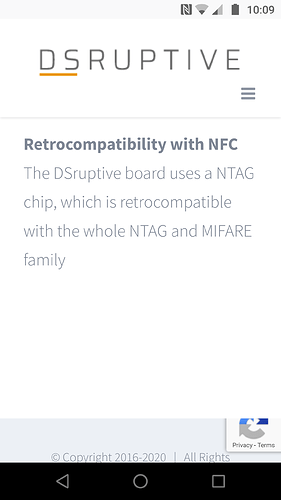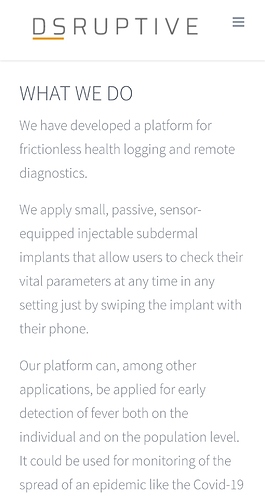I have a quick query, I have spent some time searching the forums, and cannot find a specific answer, and I will admit that I am rather new, but that’s why I have come here to speak to the people who are far more knowledgeable than I.
So… I understand at this time that you cannot “clone” a Mifare Ultralight card, there is no “magic” version of the Ultralight. That is not what I am looking for.
I do understand there is the xM1 which can reprogram the UID bits to allow for cloning of the UID serial of an existing Mirare Classic 1k card.
What I am wondering is, (irrelevant of the UID), does either the NExT implant or the newly released xSSID implant work in “Mifare Ultralight EV1” mode?
For example, if I were to copy the user programmed data pages 04 through to 15 from an Ultralight EV1 card, and then write them to either the NExT and/or the xSIID, would that work on a reader that was expecting to see that data on a Mifare Ultralight EV1 card?
(In the application that this is used in, the UID is not used at all, the system only uses the data that is entirely the custom data programmed into the user space). The lock bits do not even need to be set.
I am just asking this because I cannot find any specific info on about the NExT if it will work, and more specifically because I noticed on the Dsruptive website on the xSIID page, it says…
Retrocompatibility with NFC
The DSruptive board uses a NTAG chip, which is retrocompatible with the whole NTAG and MIFARE family.
This made me think that it would work?
Or am I not understanding what this means correctly?
I appreciate the knowledgeable minds here, and am looking forward to working out the best application.
Regardless of the answer, at the very least, I am intending to purchase a NExT, as I use a LF EM4xxx series reader for Access Control entry into my house at present, and I want to get rid of my keyfob, so that will likely happen regardless, and I am thinking would most likely be installed the left part of my left wrist I am thinking? (as my door control panel is on the left hand side). The HF side of the NExT would be used to store my vCard to give to people.
Then, (depending on the answer above, and compatibility), I was thinking then of putting an xSIID in my left thumb / index space, for this specific user data 04-15 application. Then I would keep my right thumb / index space free for when a viable solution for payment comes along. Ideally maybe Google Pay? (which I read in a post from Amal apparently didn’t go anywhere sadly). I use a Mastercard, and also the Public Transport system in Melbourne Australia uses a Mifare based card, (I think it is DESFire 2), but apparently you can add your Myki card to the Google Pay app and use that, so if Google Pay ends up working, that may cover both applications that I want it for. But for now I understand that there is no payment solution or other solution that would work for public transport at the moment (that I am aware of short of sending an actual Myki card to Amal to be custom built into an implant, which I don’t want to do), so that’s why I’ll wait for now.
Also, I actually know the people in Melbourne at the Partner Location of The Piercing Urge, and whilst I myself have a needle phobia, my girlfriend has had other “parts” of her body pierced by them before. So I know they are professionals, and I think if I just don’t look, (or at least get a numbing agent), I should be OK.
Looking forward to hearing peoples thoughts on my question above and contracted life story below that. Have a great day.
-Adam




